
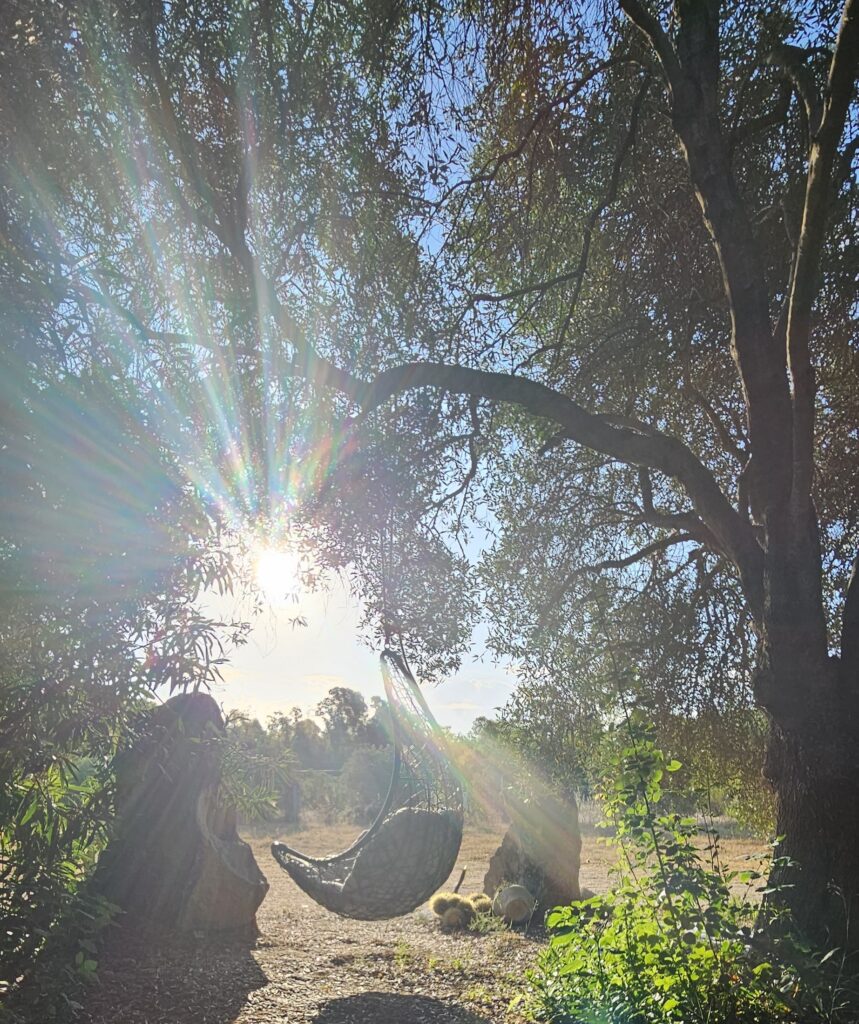
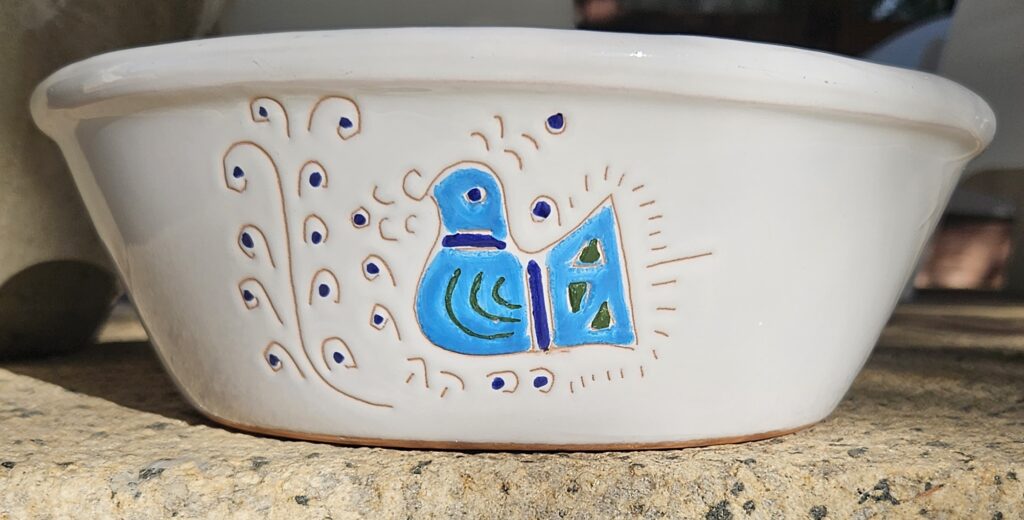
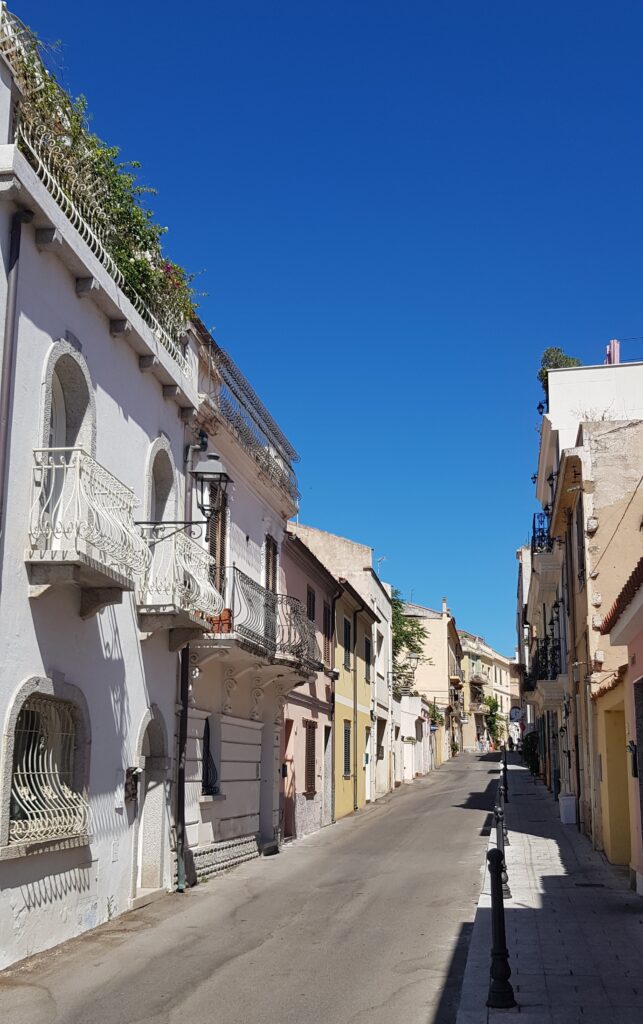
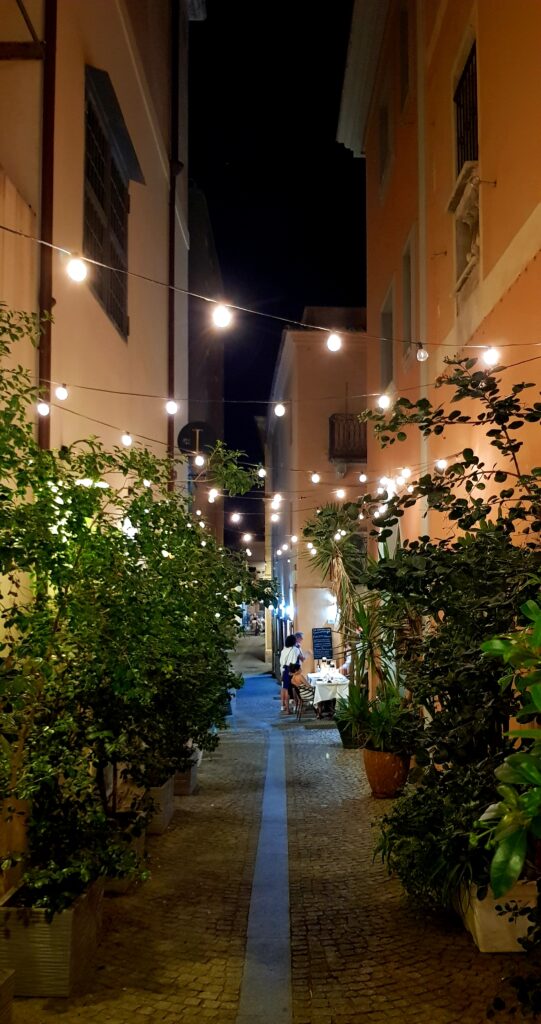
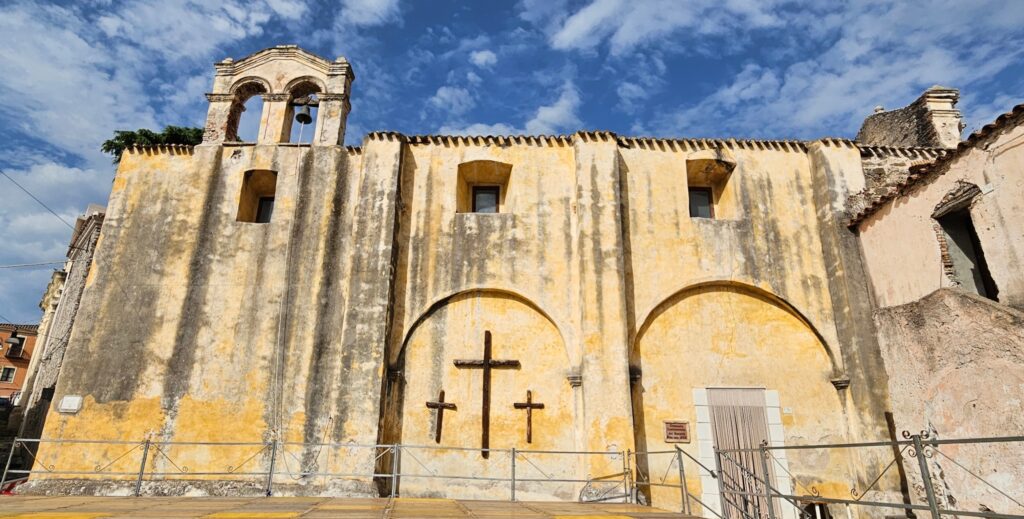
- Sardinia’s Early Cultures
- Tradition and Handicrafts
- The Secret of a Long Life
- Time for the Real Life
- Exploring Sardinia Without a Car
Land and People of Sardinia
Sardinia’s Early Cultures
Sardinia has a fascinating history. People settled on the island at least 150,000 years ago. Over millennia, a series of unique cultures developed here, leaving traces that are still visible today.
The most well-known is the Nuragic culture, which spanned from the Bronze Age to the early Iron Age (c. 1800-238 BC) and is named after its impressive tower-like structures, the Nuraghi. These stone monuments are scattered across the island, often in the middle of the landscape, and testify to remarkable architecture and social organization. The Nuraghi likely served multiple purposes: as dwellings, defensive structures, meeting places or ritual and spiritual sites. Archaeologists deduce this from grave goods, hearths, and the specific locations of the monuments, though the exact significance for their builders can only be approximated today.
Many of these stone structures are well preserved, some remain only as ruins, but even the remnants convey a sense of the scale and craftsmanship of these buildings. Over 7,000 Nuraghi have been documented to date. One particularly impressive site, Nuraghe Su Nuraxi di Barùmini, is listed as a UNESCO World Heritage Site.
The Ozieri culture (c. 3200-2800 BC) was the last major Neolithic culture on Sardinia, which began around 6000 BC. Its people created intricate pottery, lived in small villages, and left behind rock-cut tombs known as Domus de Janas. The name means “House of the Fairies” or “Witches’ Houses”, referring to the ancient legends surrounding these mysterious chambers.
The tombs were carved directly into the rock and usually consist of several interconnected rooms. Some of these richly decorated structures were used until the beginning of the Nuragic culture. More than 1,000 Domus de Janas have been documented on Sardinia; many are well preserved and open to visitors.
Later, Phoenicians, Carthaginians and Romans influenced the island. They brought trade, new settlement forms, and cultural innovations – the Roman conquest in 238 BC marked a decisive turning point in Sardinia’s history.
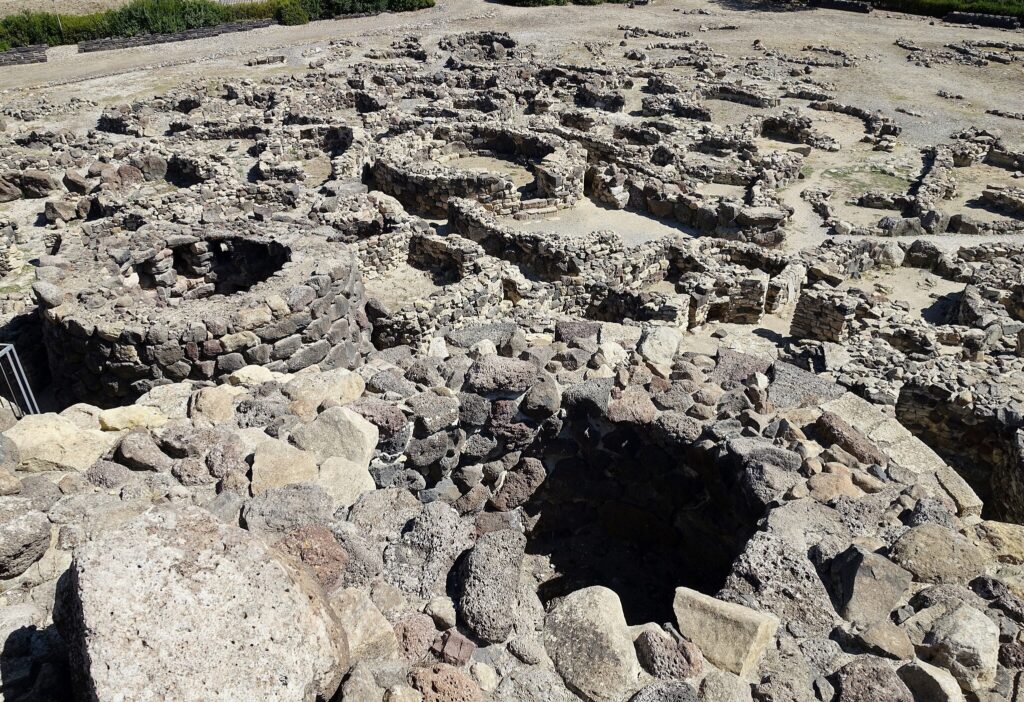
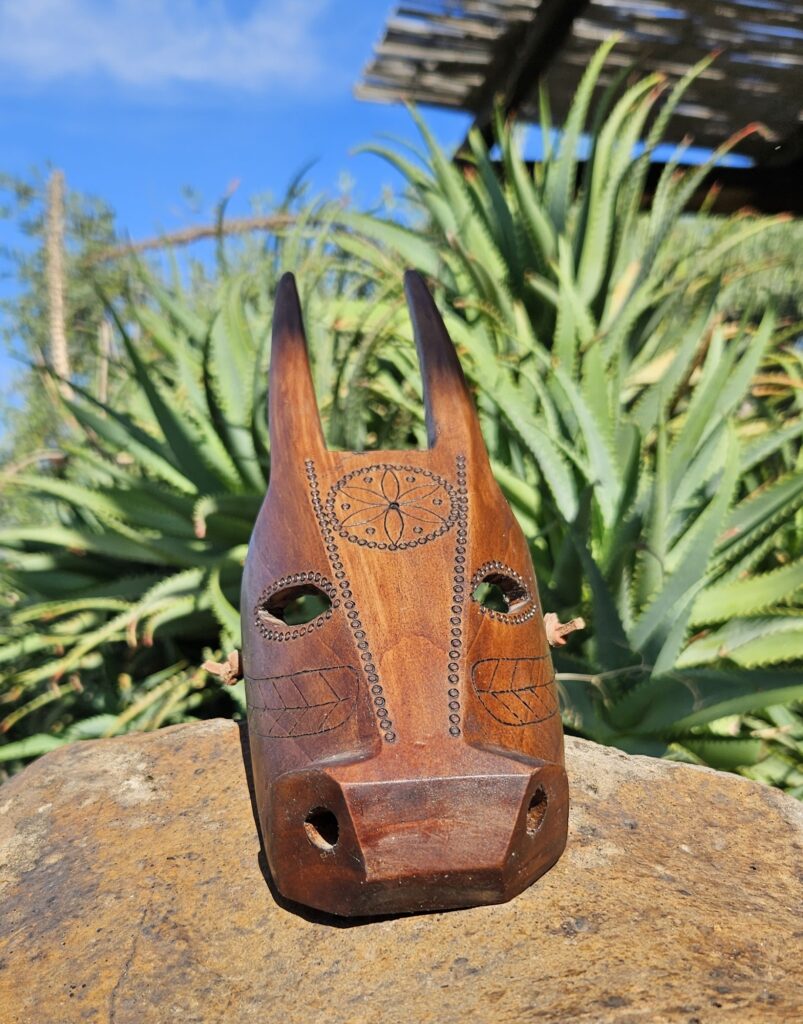
Tradition and Handicrafts
Sardinia is an island full of vibrant traditions, which can be especially experienced during its festivals and customs. Today, Sardinia is predominantly Catholic, like much of Italy. About 95% of the population belong to the Catholic Church, and religious festivals and processions play an important role in social life. Particularly striking are the often very colorful celebrations, which still incorporate some pre-Christian traditions – such as during Easter, Corpus Christi, or the numerous village patron saint festivals.
A highlight is the masked figures that mainly appear during Carnival and are often linked to ancient rituals. The most famous are the Mamuthones and Issohadores from Mamoiada in the province of Nuoro: the Mamuthones wear black clothing, carry heavy cowbells on their backs, and wear wooden masks, while the Issohadores, in white masks and red outfits, lead the group. These figures symbolize protection, order and fertility, reflecting the deep connection of the people to nature and community.
In addition to human masks, Sardinia also features animal masks used during festivals, which reflect old mythologies or rural rituals. They illustrate the close relationship between the island’s inhabitants and animals and agriculture – a living piece of history that is still maintained today.
Visitors to the island should also explore Sardinian handicrafts. Every handmade item tells a story of ancient rituals, daily life, and the artistic passion of the islanders: pottery, woven carpets and intricate textiles, wood carvings and cork products are expressions of creativity and tradition. Sardinia produces large quantities of cork, which is transformed into decorative objects or small everyday items.
The Secret of a Long Life
Sardinia is one of the so-called “Blue Zones” – regions in the world where people live exceptionally long lives. On Sardinia, there are especially many centenarians, and they enjoy surprisingly good health.
The secret seems to lie in a combination of tradition, lifestyle, and community. Sardinians follow a Mediterranean diet, rich in vegetables, legumes, olive oil, and occasionally a glass of red wine. They do eat meat – but not daily and not from industrial production. It comes from local goats, sheep, or pigs raised on the island’s pastures, and is usually enjoyed on special occasions.
An often overlooked factor is the health of the soil. Many families still grow their own vegetables in soil rich in minerals and free from intensive exploitation. This fertile soil gives the food not only exceptional flavor but also a wealth of nutrients, forming the basis of a nutritious, natural diet.
Adding to this is the pure mountain water, traditionally consumed from springs and wells. It is rich in minerals and has always been considered a life-giving elixir by the island’s inhabitants.
Equally important is a strong social structure: family, friendships and village communities provide support and joy. Families in Sardinia often live together across generations, elders are respected, and remain actively involved in daily life.
Physical activity is simply part of everyday life. Many older people continue to work in their gardens or walk regularly through the mountains. Traditionally, many islanders lived as shepherds, farmers, or fishermen. These activities meant daily movement in the fields and mountains, a life in rhythm with nature, and activity into old age. Even today, agriculture, wine and olive cultivation remain essential, complemented by crafts and tourism. This blend of physical labor, self-sufficiency, and closeness to nature continues to shape the lifestyle.
This creates a unique balance of healthy nutrition, fertile soil, movement, serenity, and strong community. Perhaps this is the true key to longevity: simple, healthy habits embedded in a life full of meaning and connection.
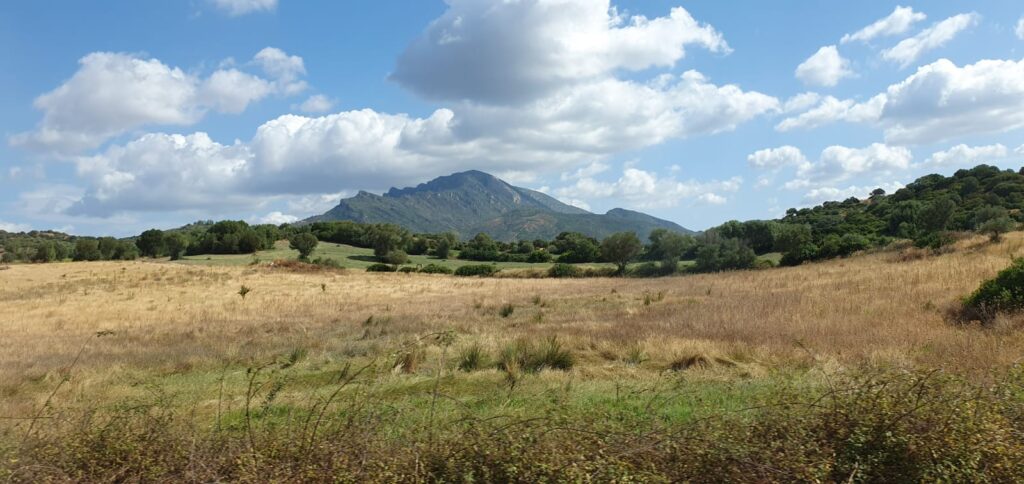
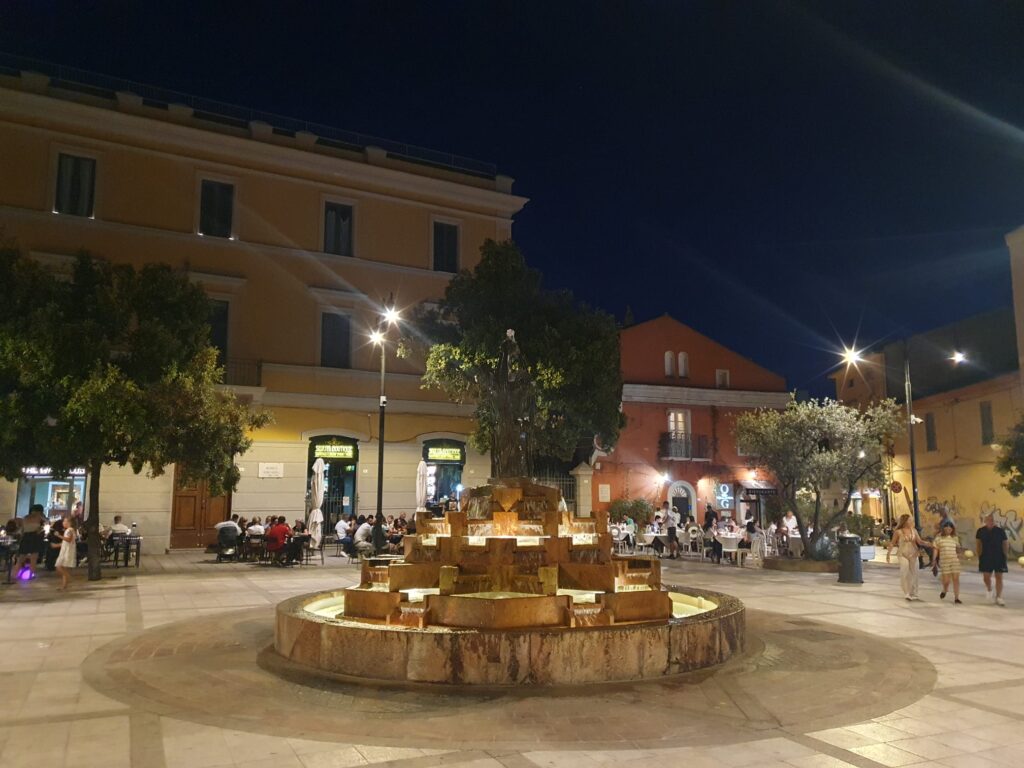
Time for the Real Life
Anyone wanting to discover Sardinia should take their time – for long lunch and dinner meals, for the scent of herbs in the macchia, and above all, for encounters with the locals. In the small restaurants and bars, you feel immediately welcome: greeted warmly, offered a smile, and often invited to a brief chat. What also struck us: hardly anyone here looks at their phone… instead, people actually talk to each other.
Real life is revealed in the small things: elderly people meet daily, sit outside in the squares, and talk for hours. Cars sometimes stop in the middle of the street while drivers greet one another – and other road users patiently wait.
Time moves differently on Sardinia, more slowly. It can be lively and full of voices, but there is little rush. Those who pause and look closely experience the authentic, relaxed rhythm of the island – the true Sardinian way of life in all its variety.
This world can also be explored through literature – through the works of Grazia Deledda. The writer was born in 1871 in Nuoro and received the Nobel Prize in Literature in 1926. In her novels and stories, she captured the harsh, simple life of Sardinia – with its traditions, conflicts, and passions. Her stories revolve around family, guilt, forgiveness, and fate, embedded in the strict moral codes and deeply rooted customs of rural life. Sardinia’s nature is a constant companion: rugged, beautiful, and sometimes unforgiving, shaping the lives of its people. Deledda’s works portray the island far from postcard idylls: authentic, intense and profoundly human.
Speaking of literature and language: Sardinian isn’t a dialect, but a distinct Romance language that has preserved many phonetic and grammatical features of Latin. In many ways, it differs significantly from Italian. Anyone interested in the history of languages will find a real treasure trove of Latin roots here.
Exploring Sardinia Without a Car
We consciously chose to travel without our own car or a rental – and we have no regrets. Our destination was only the eastern part of the island anyway, which we wanted to explore at a relaxed pace to fully immerse ourselves in the surroundings. Additionally, a rental car in peak season in July would have been significantly more expensive than a bus and taxi transfer.
On the island, we did most of our exploring on foot, especially in the early morning and late afternoon. Many paths led idyllically through pine forests right along the sea. South of Bari Sardo, in particular, we found stretches where we could walk undisturbed, without having to dodge cars. For shopping in Orosei, we rented bicycles – for about €100 per week. This worked wonderfully, and even transporting water and melons was easy. This land-based activity, combined with swimming in the sea, was a great way for us to stay active and experience the island fully.
In Sardinia, we also traveled some routes by bus – for example, from Orosei to Olbia Airport via San Teodoro and Porto San Paolo. Getting around by bus on the island is not only convenient but also budget-friendly: each journey costs less than 10 euros per person. The connections are quite limited, but there is a direct line that runs once a day and takes only two and a half hours between Olbia and Orosei. It’s a relaxed and easy way to get around.
We also want to share our experiences with taxi transfers: before our trip, we checked the Olbia airport website for standard prices to know exactly what the planned routes should cost. In reality, however, it was often different: some taxi drivers charged €100 to €150 more per trip. A ride that was listed as €200 ended up being charged €300 to €350. Many drivers actually earn most of their income during the high season, as there is significantly less business in the off-season. They were likely trying to offset lower earnings by raising prices – a dilemma for us, as we wanted to respect the local reality. Once we declined their offer, they wouldn’t even consider shorter trips anymore, which was quite disappointing.
Fortunately, in the province of Ogliastra, we found a very friendly and reliable driver who charged the standard rates. We took all our longer trips with him, and everything went perfectly. So yes, there are taxi drivers who stay fair and as a result get booked more often – you just have to find them.
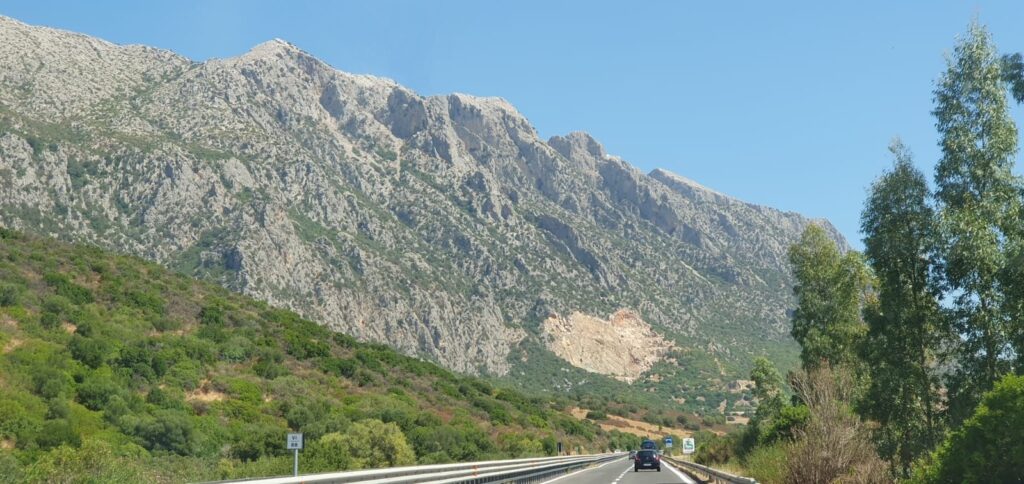




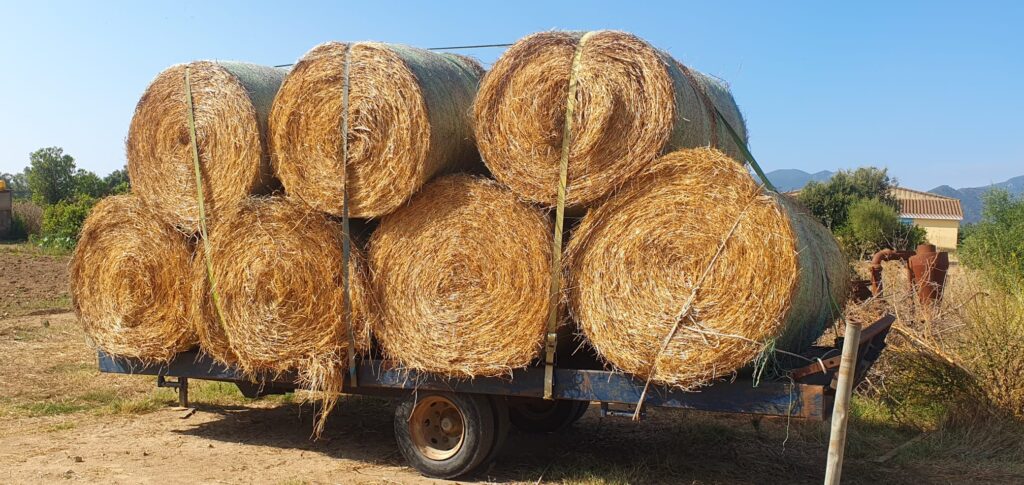
Leave a Reply